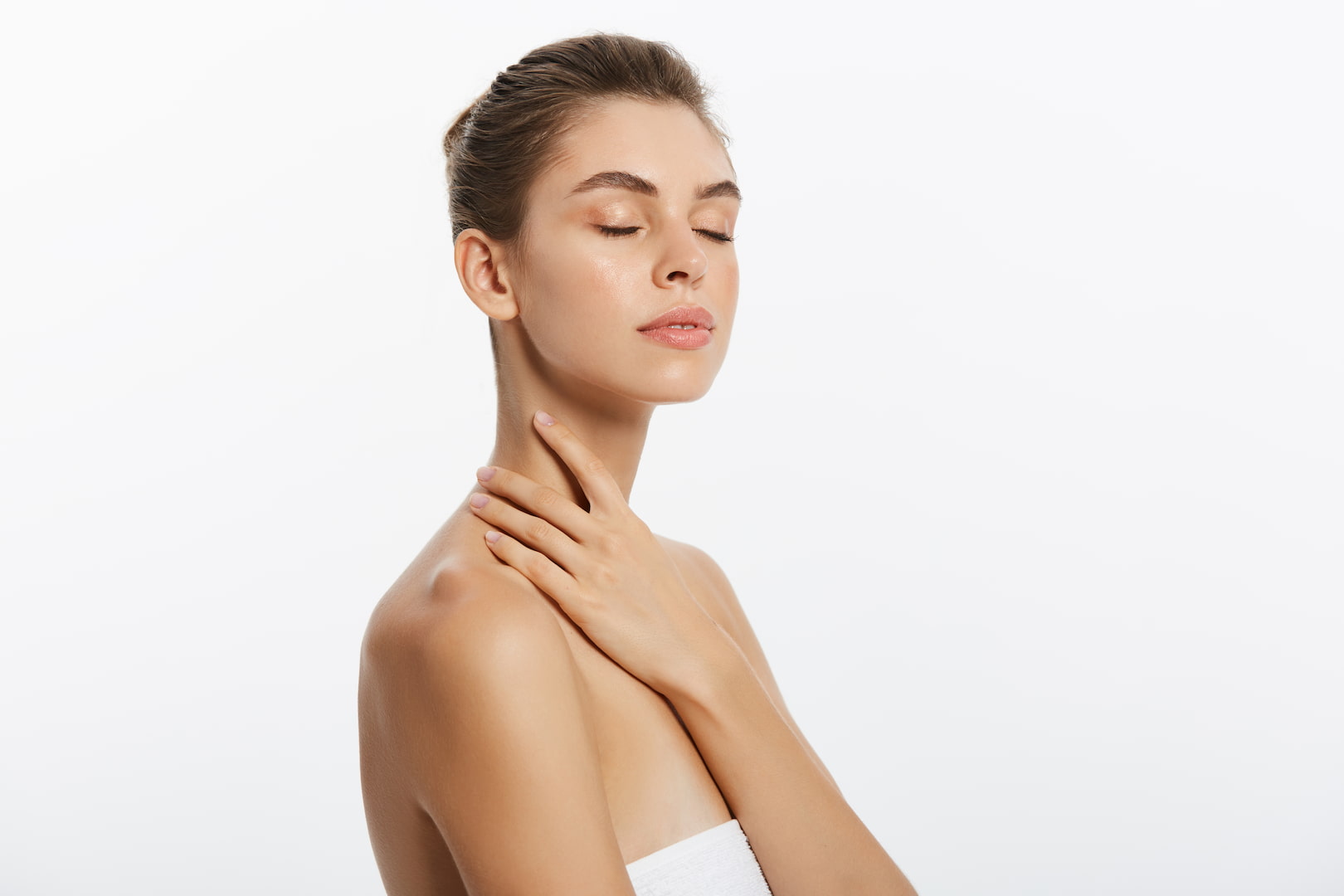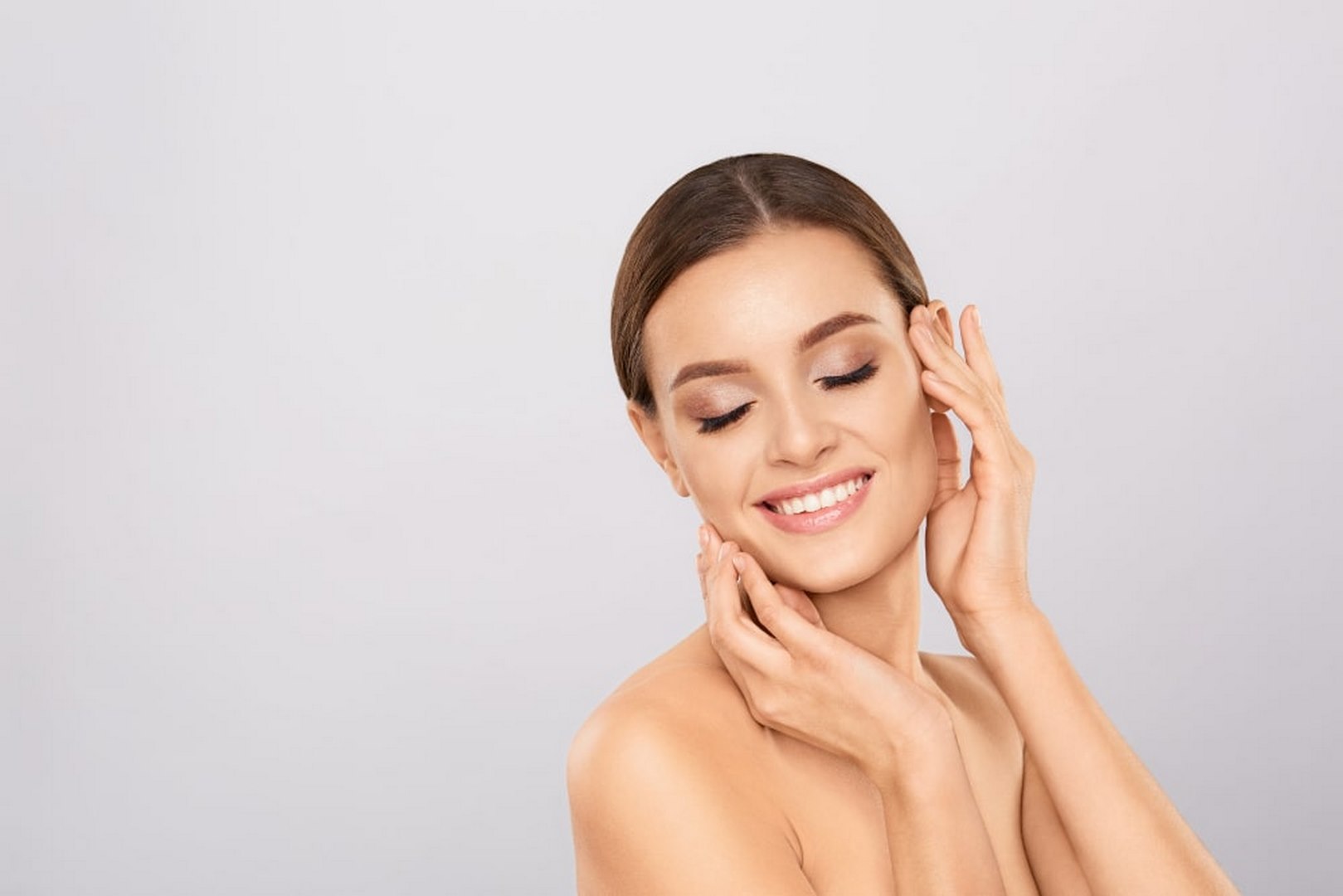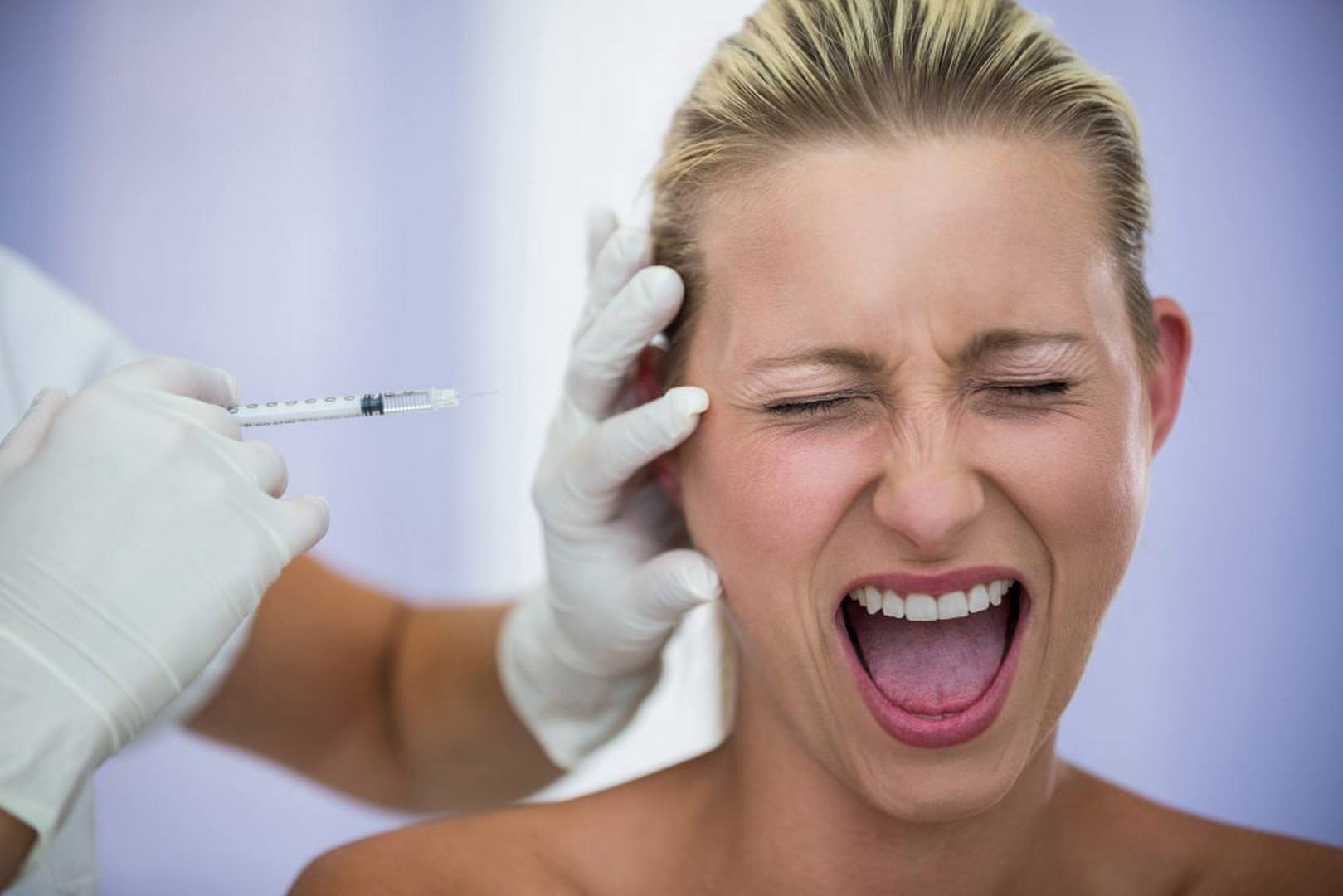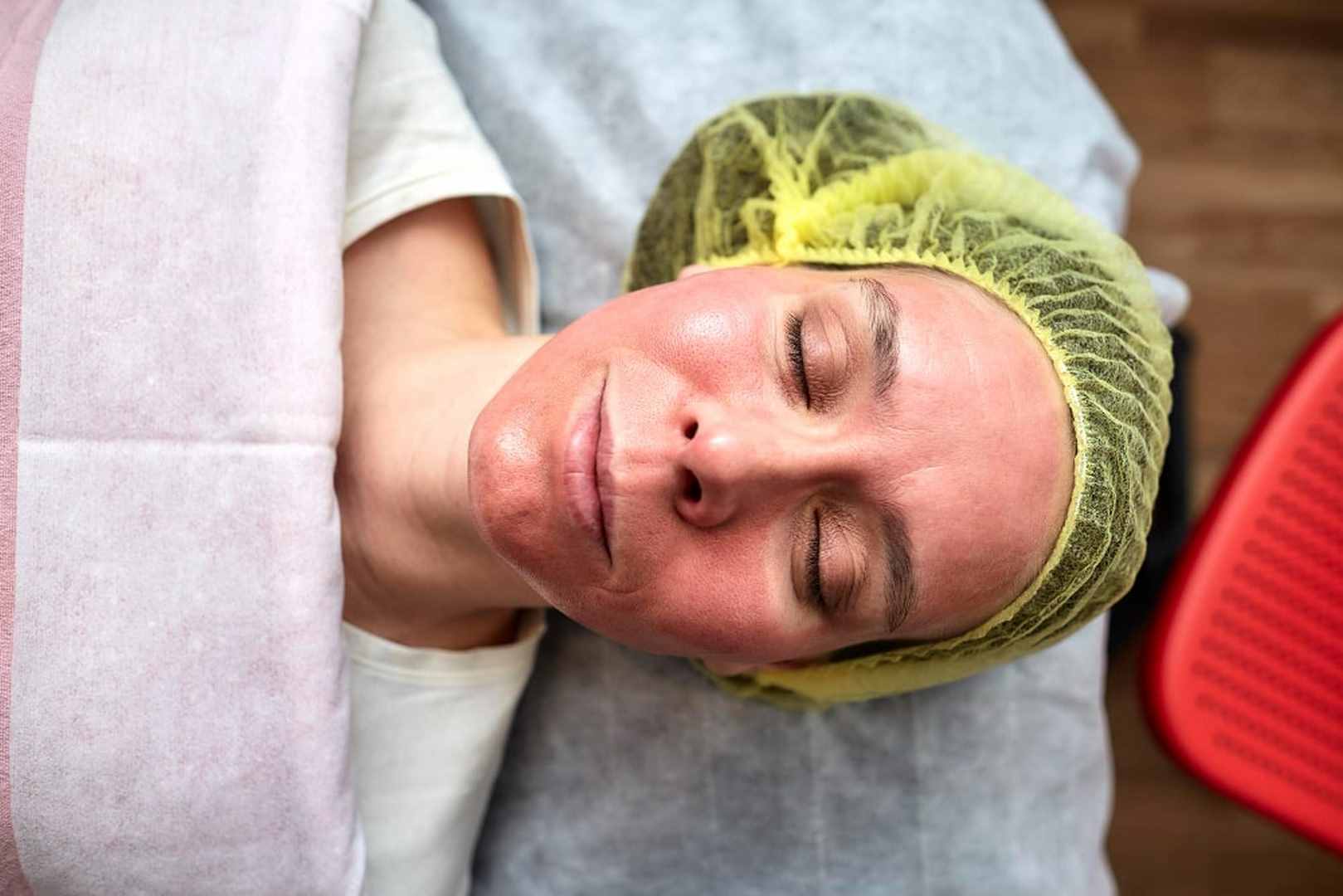Types of Dermal Fillers
As we grow older, our skin changes. Wrinkles become noticeable. Our cheeks and lips lose their volume and shape. The first thoughts of where to find help and how to improve appearance occur.
Fortunately, dermal fillers exist! It is a non-surgical and downtime-free approach to attain a youthful complexion. We’d like to overview the most popular types of dermal fillers and show their features. Understanding the differences is the best way to have a safe beauty procedure and the desired result.
Why Is the Dermal Filler so Popular?
Dermal or facial fillers are injectable substances, mostly made in gel forms. They are employed at specific facial points beneath the skin. Many beauty clinics use dermal fillers to smooth facial wrinkles, add volume, stimulate natural collagen production, and rejuvenate overall appearance.
Injectable dermal fillers treat different facial issues with moderate discomfort. They cost less than surgery. The patient has a result faster and with minimum downtime. That is why, the dermal filler procedure is getting popular now.
Which Filler to Use?
Choosing the right dermal fillers depends on your needs, the area that should be treated, the desired result, and your skin condition. Primary identify your concerns and areas: deep wrinkles and lines, lost volume, asymmetry, irregular borders. Then, consult with the practitioner to determine the best solution.
What Are the Types of Dermal Fillers?
Over the years, the cosmetics industry has made a significant advancement in facial fillers and created many types. Now, dermal fillers are safer. They can be used in a specific place and resolve a problem. The categorization of these fillers is based on the substance they contain. Let’s explore.
Hyaluronic Acid Fillers
It is the most popular type.
- Composition: Hyaluronic acid (HA) is a naturally occurring substance in the body, so these fillers are highly compatible and minimally allergic. The function of this acid is water and collagen retention. This feature provides flexibility and elasticity for tissues. Hyaluronic acid is suitable for any type of skin.
- Treated Areas: HA fillers are versatile. They can be used to fulfill thin lips, outline contours, reduce wrinkles, and restore volume in cheeks and temples.
- Longevity: 6 to 12 months or longer, depending on metabolism. The body gradually and naturally absorbs the particles.
- Brands: Juvederm, Restylane, Belotero, Revanesse Versa, RHA.
Calcium Hydroxylapatite Fillers
- Composition: This filler is made of calcium-based microspheres. This is a naturally occurring substance in our bones. Such filler stimulates natural collagen production and provides structure and firmness.
- Treated Areas: Calcium hydroxylapatite is used to smooth deep lines and wrinkles, nasolabial folds, as well as for restoring volume to the cheeks, chin, and hands.
- Longevity: about 12 months.
- Brand: Radiesse.
Poly-L-lactic Acid (PLLA) Fillers
- Composition: This is a biocompatible and biodegradable synthetic substance. It is used in various medical and cosmetic applications. Unlike other filler injections that provide an immediate result, PLLA works gradually over time and provides natural improvement. They’re known as collagen stimulators.
- Treated Areas: Poly-L-lactic acid fillers are excellent for treating deeper lines and facial volume loss, particularly in areas like cheeks.
- Longevity: more than 2 years.
- Brands: Sculptra.
Polymethyl Methacrylate (PMMA) Fillers
- Composition: It is a synthetic and biocompatible substance.
- Treated Areas: PMMA is often used for deep wrinkles, nasolabial folds, acne scars, and areas where volume loss is prominent.
- Longevity: several years, PMMA fillers are considered semi-permanent. This means that once injected, the microspheres of PMMA remain in place and stimulate collagen production over time.
- Brand: Bellafill.
Autologous Fat Fillers (Facial Fat Grafting)
Autologous means “from the same person.”
- Composition: This filler involves using the patient’s fat, taken from areas like the abdomen or thighs, and injected into the target area. Autologous fat fillers are the only injectable filler procedure requiring cosmetic surgery and a qualified surgeon.
- Treated Areas: Autologous fat fillers can be used for various facial rejuvenation purposes, including plumping cheeks, temples, and lips.
- Longevity: several years, and in some cases, even indefinitely. It’s important to note that a portion of the injected fat may naturally dissipate over time.
- Techniques: Fat transfer or liposuction.
Selection of the appropriate dermal filler depends on individual goals, skin type, and specific concerns.
Molecular Types and Usage
Based on molecular size and composition, dermal fillers are divided into small-molecule and large-molecule fillers. Small molecule fillers have lower molecular weights and compact structures, resulting in subtle, precise effects. They are commonly used for fine-tuning and delicate adjustments. Large molecule fillers have higher molecular weights and more extensive facilities. They are typically utilized in regions with significant wrinkles or volume loss.
The Safest Facial Filler
The safety of dermal fillers depends on your specific needs and the expertise of the healthcare provider. In general, hyaluronic acid filler is considered the safest among others. This acid occurs naturally in the body, which reduces the risk of allergy and side effects. Also, hyaluronic acid can be reversed with an enzyme called hyaluronidase in case of complications.
In addition, you should be open with your practitioner and provide all information about your health condition and targeted effect.
The Most Long-Lasting Filler Injections

Polymethyl methacrylate fillers (PMMA) have the best longevity. They are considered as semi-permanent. The microspheres of PMMA remain in place after injection and stimulate collagen production over time. This leads to a more enduring improvement in skin texture and volume.
The Most Effective Dermal Filler
The effectiveness of the injectable fillers depends on the individual goals and the expertise of the practitioner.
Hyaluronic acid fillers (Juvederm, Restylane) are widely used in cosmetic procedures. They are employed to add volume, smooth deeper lines and skin folds, create a youthful appearance, and define facial contour.
Calcium hydroxylapatite fillers (Radiesse) resolve the problem with deeper lines and wrinkles. It helps to restore volume to areas like cheeks, lower eyelids, and temples. Polymethyl methacrylate (PMMA), like Bellafill, offers long-lasting results for deep wrinkles and certain types of scars. Both of them are collagen production stimulators.
Autologous fat fillers provide natural, enduring results by using the patient’s own fat to restore volume.
In conclusion, the world of dermal fillers offers a diverse range of solutions. It’s essential to be careful and clarify all about procedure and practitioner. When you’re well-informed, then it’s easy to make the right decision and achieve the desired result.







Comments